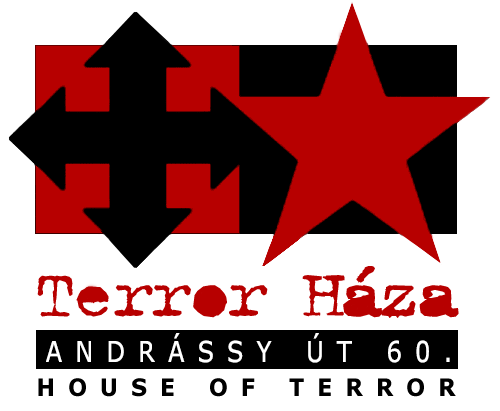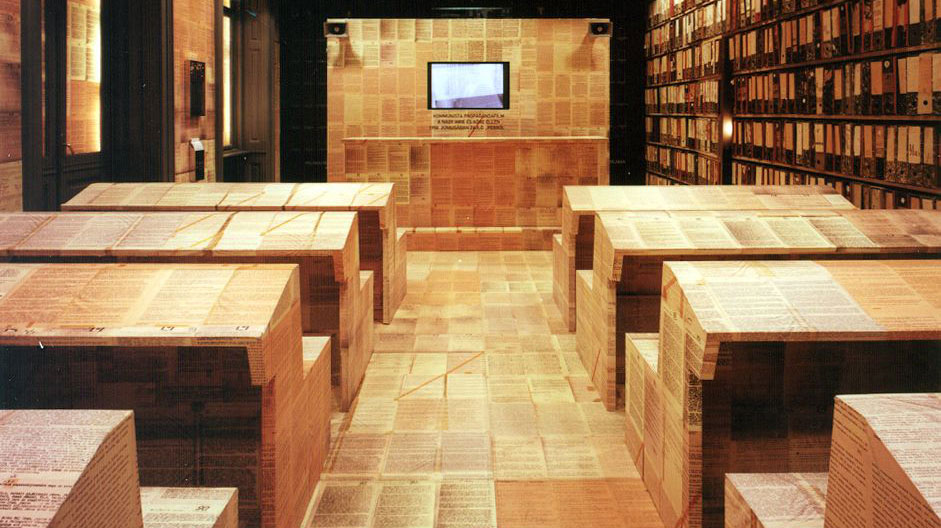In the spring and summer of 1944, hundreds of thousands were deported from Hungary. The tragedy of the Jews was followed by the local German population's tragedy. Between 1946 and 1948, some two hundred thousand ethnic Germans were expelled and resettled in occupied Germany. Subsequently more than ten thousand country dwellers were transported to so-called "closed" – in reality concentration – camps, where the guards were not held accountable for the prisoners' lives. In 1951, thousands of the capitals' middle,- upper-middle class and titled citizens were forcibly transferred to designated quarters in the countryside. It is their fate that is illustrated in the hall by way of contemporary photographs and documents. The ZIM automobile on display is a frightening relic of the times: it evokes the infamous "black car" used by the communist political police to pick up its victims, usually in the middle of the night. Millions were in dread of these nocturnal visitors, and the ringing of the bell that heralded their arrival. That is when the expression: "bell-panic" was coined.
“Kick the idlers out of our city; they pollute the air of Budapest!”
Lajos Kónya, 1952
Collective persecution continued after World War II. Not only were 700,000 Hungarian citizens deported to Gulag and prisoner-of-war camps, but members of the ethnic German minority in Hungary – more than 200,000 Hungarian “Swabians” – were also deported to Germany in barbaric conditions. Subsequently, in an operation called “population exchange”, more than 100,000 indigenous Hungarians were expelled from settlements in the area annexed by Czechoslovakia. In return, ethnic Slovaks from Hungary were resettled.
After the establishment of the communist dictatorship, the landowning farmers – the “fat peasants” – were targeted. The Hungarian language did not have a derogative or stigmatising word for them, and so they were labelled with the Russian word “kulak”, which was not even translated into Hungarian. Some 70,000 hardworking, successful farmers were listed as kulaks. They were deprived of their property, land, houses and livestock. Their children were not allowed to continue their education, and their access to employment was restricted. Members of the bourgeoisie, the aristocracy or the old political elite were also considered untrustworthy. Many of them were evicted from their homes, their property was confiscated and in its place they were forced into run-down accommodation, or sent to labour camps. Their apartments and houses were occupied by Communist Party cadres, who immediately got their hands on valuable furniture and works of art.
Forced labour camps on the Soviet model were also built. In the camps around the village of Hortobágy, prisoners had to work 12 hours a day in appalling conditions. Some of them had earlier been in Nazi concentration camps! Now they were classed as enemies of the socialist system not because of their Jewish origin, but because of their status as “class enemies”.
The “black car” became a symbol of the era. Cars belonging to the ÁVH, the political police, would usually stop in front of victims’ homes in the middle of the night. When they arrived, the henchmen would ring the doorbell for an unbearably long time. The sound would drive some people to mental collapse, a phenomenon known as “doorbell dread”













